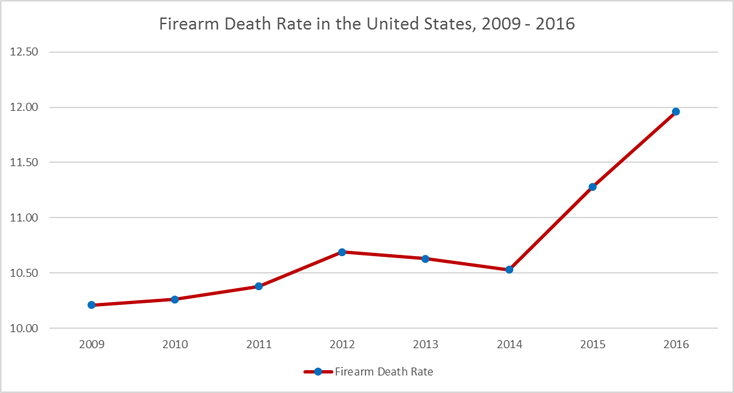I’ve only been up for a couple of hours (as I begin typing), and the news is already full of stupidity that I’ll need to address. I’ll lead off with a case challenging Washington, DC’s “large capacity” magazine ban, Hanson v. DC. The judge, one Rudolph Contreras, denied a preliminary injunction against the ban. His… reasoning is… remarkable. Or something; I’m trying to be somewhat polite.
A weapon may have some useful purposes in both civilian and military contexts, but if it is most useful in military service, it is not protected by the Second Amendment.
[…]
[Large capacity magazines] are not covered by the [2A] because they are most useful in military service.
Oddly, Contreras cites HELLER in making that point. I can’t find that argument in HELLER, which was largely about whether non- military weapons could be regulated, and how, but there is this.
It may be objected that if weapons that are most useful in military service—M–16 rifles and the like—may be banned, then the Second Amendment right is completely detached from the prefatory clause. But as we have said, the conception of the militia at the time of the Second Amendment’s ratification was the body of all citizens capable of military service, who would bring the sorts of lawful weapons that they possessed at home to militia duty. It may well be true today that a militia, to be as effective as militias in the 18th century, would require sophisticated arms that are highly unusual in society at large.
Rather the opposite of Contreras’ weasel-wording, eh? Indeed, HELLER even cites the earlier MILLER, which establishes that militarily-useful arms are protected by the Second Amendment.
In the absence of any evidence tending to show that possession or use of a ‘shotgun having a barrel of less than eighteen inches in length’ at this time has some reasonable relationship to the preservation or efficiency of a well regulated militia, we cannot say that the Second Amendment guarantees the right to keep and bear such an instrument.
Having chucked decades of SCOTUS precedent already, Contreras proceeds to demonstrate an amazing lack of judicial awareness of current events and Supreme Court decisions. Now that he’s established in his own deluded mind that standard capacity magazines are not 2A-protected, he addresses whether this particular restriction of such magazines is permissable.
WARNING: If you’re drinking, swallow before proceeding, for the protection of your screen.
Under this “two-step approach,” a court must “ask first whether a particular provision impinges upon a right protected by the Second Amendment; if it does, then . . . go on to determine whether the provision passes muster under the appropriate level of constitutional scrutiny.
Umm… BRUEN, moron. (All right; “somewhat polite” is off the table after all.) Associate Justice Thomas spent a fair amount of ink taking lower courts to task for continuing to use the two-step approach.
The Court rejects that two-part approach as having one step too many. Step one is broad y consistent with Heller, which demands a test rooted in the Second Amendment’s text, as informed by history. But Heller and McDonald do not support a second step that applies means-end scrutiny in the Second Amendment context. Heller’s methodology centered on constitutional text and history. It did not invoke any means-end test such as strict or intermediate scrutiny, and it expressly rejected any interest-balancing inquiry akin to intermediate scrutiny.</b
[…]
To justify its regulation, the government may not simply posit that the regulation promotes an important interest.
[…]
The government must then justify its regulation by demonstrating that it is consistent with the Nation’s historical tradition of firearm regulation.
HELLER rejected two-step government interest scrutiny.
MCDONALD rejected two-step government interest scrutiny.
BRUEN rejected two-step government interest scrutiny, and bitch-slapped lower courts for continuing to use it in direct defiance of the Supreme Court.
At this point, I wouldn’t blame Clarence Thomas if he is looking for a 2X4 and Contreras’ home address.
Gab Pay link (More Tip Jar Options) |


